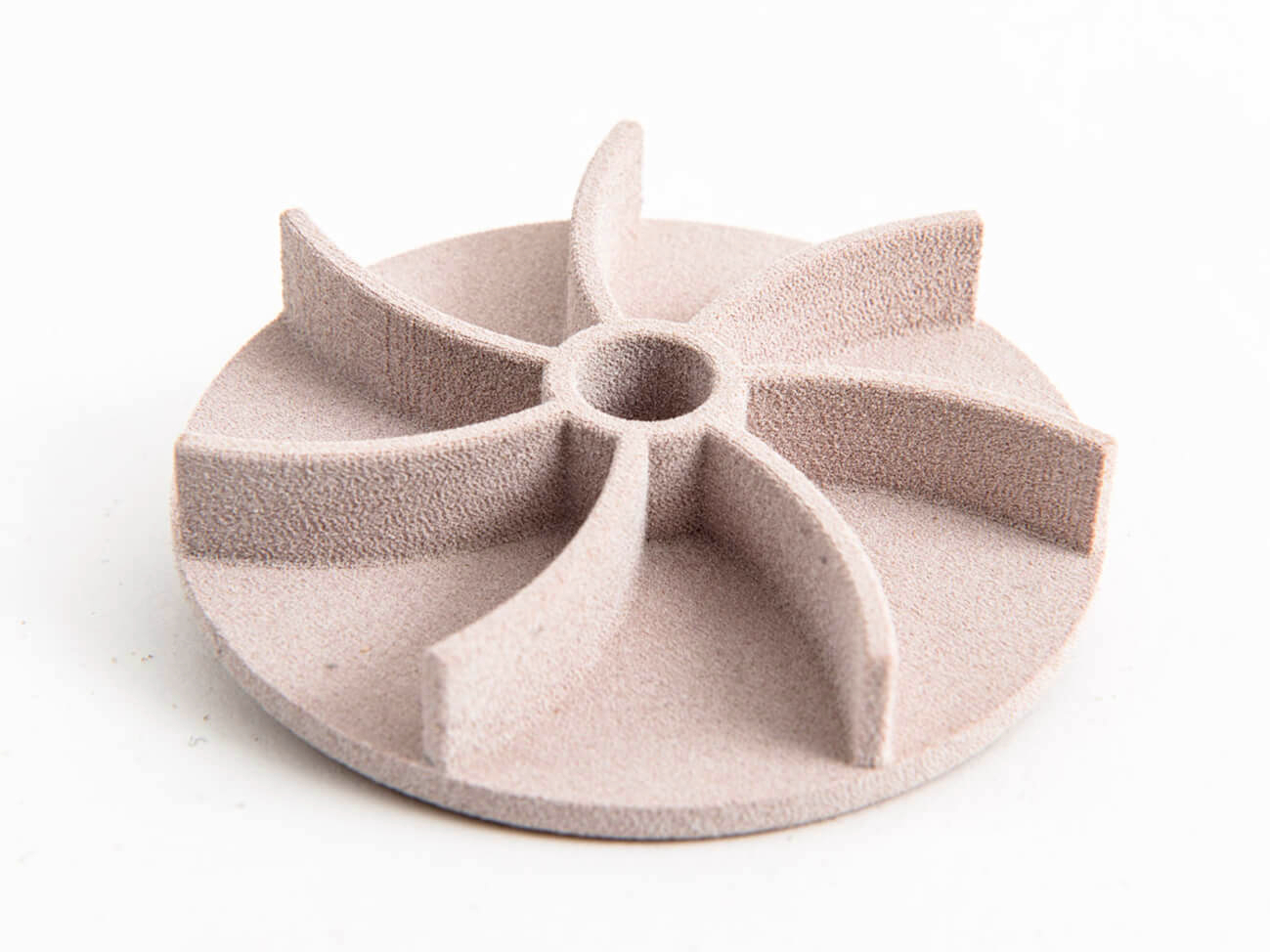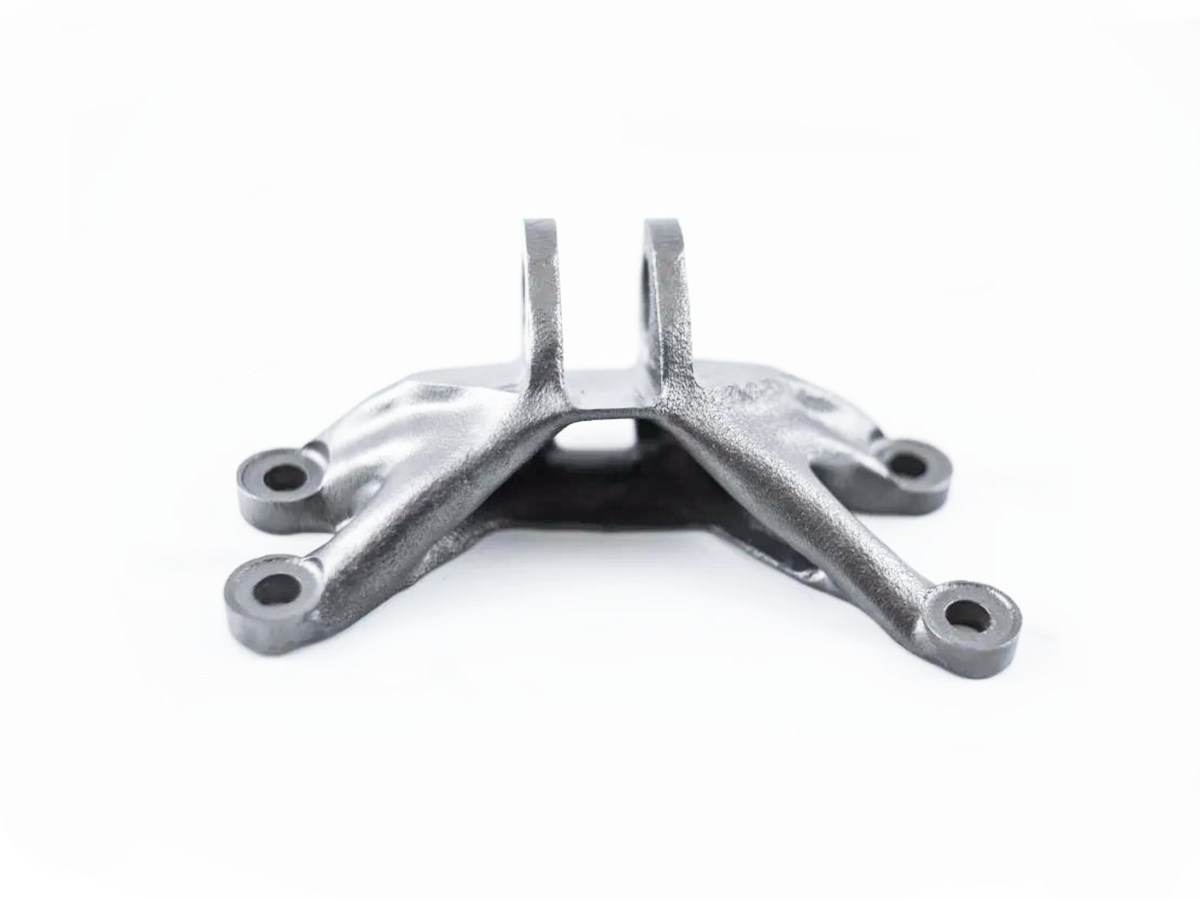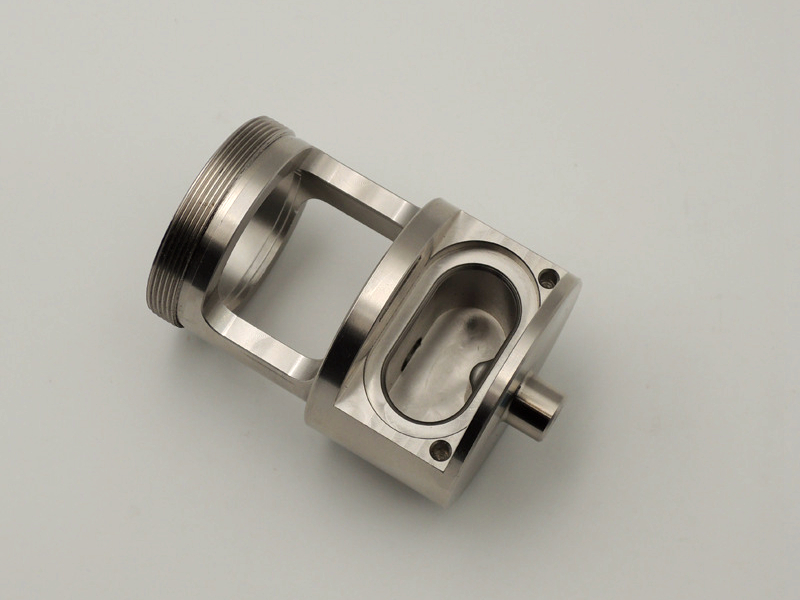Which other superalloy materials can be printed using DMLS technology?
From an engineering and manufacturing standpoint, Direct Metal Laser Sintering (DMLS) is exceptionally well-suited for processing a wide range of high-performance superalloys, including those beyond the commonly referenced nickel-based ones. The technology's ability to create complex, internal geometries and conformal cooling channels is a significant advantage for components operating in extreme environments. While our core expertise at Neway includes superalloy CNC machining for finishing and validating these printed parts, the following superalloy families are routinely processed in DMLS for demanding applications.
Nickel-Based Superalloys (Beyond Inconel)
Nickel-based superalloys are the workhorses for high-temperature DMLS applications, prized for their exceptional strength, creep resistance, and oxidation resistance.
Inconel Series: While Inconel 718 is the most common due to its excellent weldability and post-process heat treatability, other grades like Inconel 625 are also frequently printed for superior corrosion resistance.
Hastelloy Series: Alloys such as Hastelloy X and Hastelloy C-276 are prime candidates for DMLS. They are extensively used in the aerospace and aviation and power generation industries for components requiring outstanding resistance to oxidizing and corrosive environments at high temperatures.
Rene Alloys: Advanced alloys like Rene 41 and Rene 108 are used in the most demanding sections of gas turbines. Their DMLS processing is challenging due to a high susceptibility to cracking, but it is feasible with optimized parameters and often requires subsequent Heat Treatment to achieve target mechanical properties.
Cobalt-Chrome Superalloys
This family of superalloys is renowned for its exceptional wear resistance, biocompatibility, and high-temperature strength, often surpassing nickel alloys at temperatures above 1000°C.
Stellite Alloys: Cobalt-chrome alloys like those in the Stellite family (e.g., Stellite 6 and Stellite 21) are ideal for DMLS-printed components subject to severe wear, galling, and high temperatures, such as valve seats, turbine blades, and medical implants.
Application Focus: Their primary use in DMLS is for medical devices like orthopedic implants and dental prosthetics, as well as for critical wear parts in the oil and gas industry.
Refractory Metal-Based Alloys
For the most extreme temperature applications, refractory metal superalloys are the material of choice.
Titanium Alloys: While not always classified as a "superalloy," high-strength titanium alloys like Ti-6Al-4V are extensively used in DMLS for aerospace and medical sectors where high strength-to-weight ratio and biocompatibility are critical.
Other Refractory Alloys: Alloys based on molybdenum, tantalum, and tungsten can also be processed with DMLS. These are typically reserved for specialized applications in rocket nozzles, furnace components, and other ultra-high-temperature environments, though their processability is more challenging and less common.
Critical Post-Processing for DMLS Superalloys
The as-printed state of a DMLS superalloy part often contains residual stresses and may not meet final dimensional or surface finish requirements. Therefore, post-processing is integral to the manufacturing workflow.
Stress Relief Heat Treatment: This is a mandatory first step to prevent distortion or cracking during support removal or subsequent machining.
Hot Isostatic Pressing (HIP): For mission-critical components in aerospace and medical industries, HIP is used to close internal micro-porosity, thereby improving fatigue life and fracture toughness.
Solution and Aging Treatment: Most precipitation-hardened superalloys like Inconel 718 require specific solution and aging heat treatments to achieve their optimal mechanical properties.
CNC Machining: Critical interfaces, threads, and sealing surfaces almost always require precision machining to achieve tight tolerances and the necessary surface finish, such as an as-machined surface finish or better.
Surface Enhancement: Processes like electropolishing can improve surface smoothness and corrosion resistance, while tumbling is effective for deburring. For extreme environments, thermal coatings may be applied.



